The International Day of Women and Girls in Science is an annual event spearheaded by the United Nations (UN). For 2023, the UN is raising awareness of the impact women and girls in STEM have on reaching the Sustainable Development Goals (SDGs) to strengthen the relationships between research, policy and society when designing strategies for a better future.
As a platform, AZoNano strives to share innovations, advancements and critical issues facing the nanotechnology and broader materials science industry. This year, we have collaborated with the Graphene Flagship to highlight two outstanding women in graphene that are researching ways to tackle some of the biggest issues facing our planet.
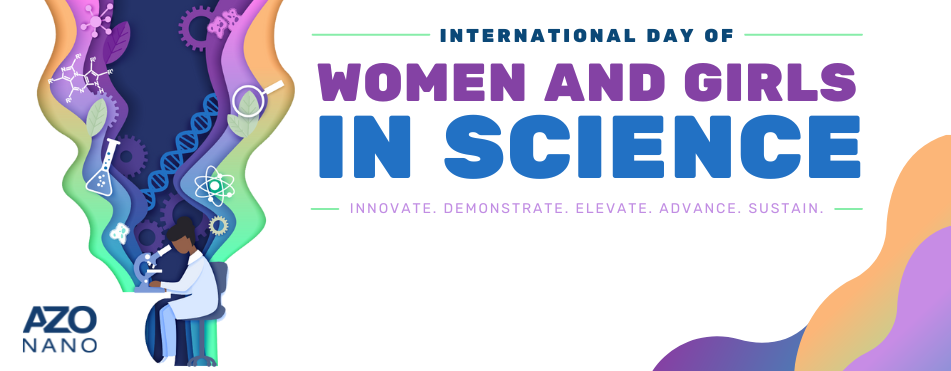
We asked each representative the following questions, exploring how nanoscience has shaped their career, their thoughts on how nanomaterials could benefit key Sustainable Development Goals, and what the future may hold for women in STEM.
Please could you introduce yourself and your current activities?
Dr. Ghada Dushaq, Cambridge Graphene Centre, The University of Cambridge
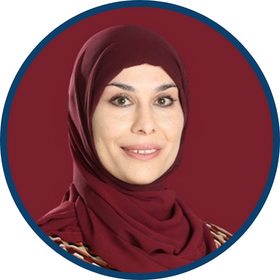 I am a technologist, a Research Associate at the Photonic Research Lab at New York University-UAE and a visiting scholar at Cambridge Graphene Center at the University of Cambridge, UK. I received my Ph.D. in microsystem engineering from Masdar Institute of Science and Technology (Khalifa University), UAE, under a cooperative program with Massachusetts Institute of Technology, USA, in 2017, and an M.Sc. degree in solid-state physics from the University of Jordan funded by the German Academic Exchange Service (DAAD) in 2012.
I am a technologist, a Research Associate at the Photonic Research Lab at New York University-UAE and a visiting scholar at Cambridge Graphene Center at the University of Cambridge, UK. I received my Ph.D. in microsystem engineering from Masdar Institute of Science and Technology (Khalifa University), UAE, under a cooperative program with Massachusetts Institute of Technology, USA, in 2017, and an M.Sc. degree in solid-state physics from the University of Jordan funded by the German Academic Exchange Service (DAAD) in 2012.
Much of my research looks at how applied physics can investigate new and innovative materials, structures, and process technologies in to improve the performance of active silicon photonics components. My research on the use of silicon, germanium, III-V compound semiconductors, and two-dimensional materials could help to improve the efficiency and address the limitations of currently available technologies.
Dr. Meganne Christian, National Research Council of Italy, European Space Agency
 I am Meganne Christian, a materials scientist at the National Research Council of Italy, and a member of the European Space Agency astronaut reserve. Born in the UK, I grew up in Australia, where I completed a Bachelor of Engineering and a Ph.D. in Industrial Chemistry at the University of New South Wales. After university, my search for a post-doc in Europe led me to Bologna in Italy.
I am Meganne Christian, a materials scientist at the National Research Council of Italy, and a member of the European Space Agency astronaut reserve. Born in the UK, I grew up in Australia, where I completed a Bachelor of Engineering and a Ph.D. in Industrial Chemistry at the University of New South Wales. After university, my search for a post-doc in Europe led me to Bologna in Italy.
I have always been fascinated by space: I remember visiting the Smithsonian Air and Space Museum and the Kennedy Space Center on a memorable trip to the US when I was young and an astronaut coming to visit my school. Growing up in Australia, where there was no space agency until very recently, I never thought that it would be possible for me to actually become an astronaut, so it was never a priority.
However, in 2018-2019, I did a winter-over as a research scientist at Concordia Station in Antarctica, which is also known as “White Mars” because it is an excellent Earth analog for a mission to the Red Planet. Around this time, I heard that ESA was about to open a call for applications for new astronauts for the first time since 2008, so my new course was enthusiastically set.
In May 2021, I put in my application along with around 22,500 other people from across Europe. Over the next 18 months, I went through six selection phases ranging from aptitude testing and interviews to psychological evaluations and medical testing. Finally, in November 2022, 17 new recruits were announced for the 2022 ESA astronaut class, and I was honored and delighted to be one of them. Five of the class will begin their training immediately as career astronauts, while the rest of us make up the reserve, ready to jump in for future missions.
How did you become involved with the Graphene Flagship in particular, and what initially sparked your interest in graphene research?
Dr. Ghada Dushaq, Cambridge Graphene Centre, The University of Cambridge
My research at Cambridge Graphene Center as a Visiting Scholar is in line with Graphene Flagship work package 8 (WP 8 photonics and optoelectronics). In particular, I am focusing on developing a broadband photodetector based on layered materials and their integration with graphene. Additionally, I am researching on-chip integration of layered materials on Si/SiN platform for active silicon photonics components.
It is my dream to be among those scientists who contribute in discovering novel materials and structures that can develop the current technologies and improve the quality of people life in many ways from optical data communication to security and safety.
Technology has dramatically transformed every aspect of our daily life. For instance, reading information on a cell phone, tablet, or laptop, streaming videos, online shopping, uploading photos, and data searches are all processed in big data centers with enormous investments in fiber optics communication.
Dr. Meganne Christian, National Research Council of Italy, European Space Agency
For my Ph.D., I worked on nanomaterials for hydrogen storage for fuel cell vehicles. Afterward, I was interested in doing a post-doc in Europe since it is a hub of high-quality research in materials science, and I came across a project in Bologna financed by the Graphene Flagship.
At the time, I did not know anything about graphene, but the more I read about it, the more it fascinated me. The experience I already had in the synthesis and characterization of nanomaterials allowed me to enter this new world. I attended wide-eyed my first work package meeting, Graphene Study and Graphene Week, to get to know our expert collaborators across Europe and their research. I started in 2014, so not long after the beginning of the Graphene Flagship, and I have been involved ever since.
Nowadays, I am working on bringing together all my diverse research interests under the umbrella of nanomaterials for extreme environments such as the Poles and Space, including alternative energies and heat management.
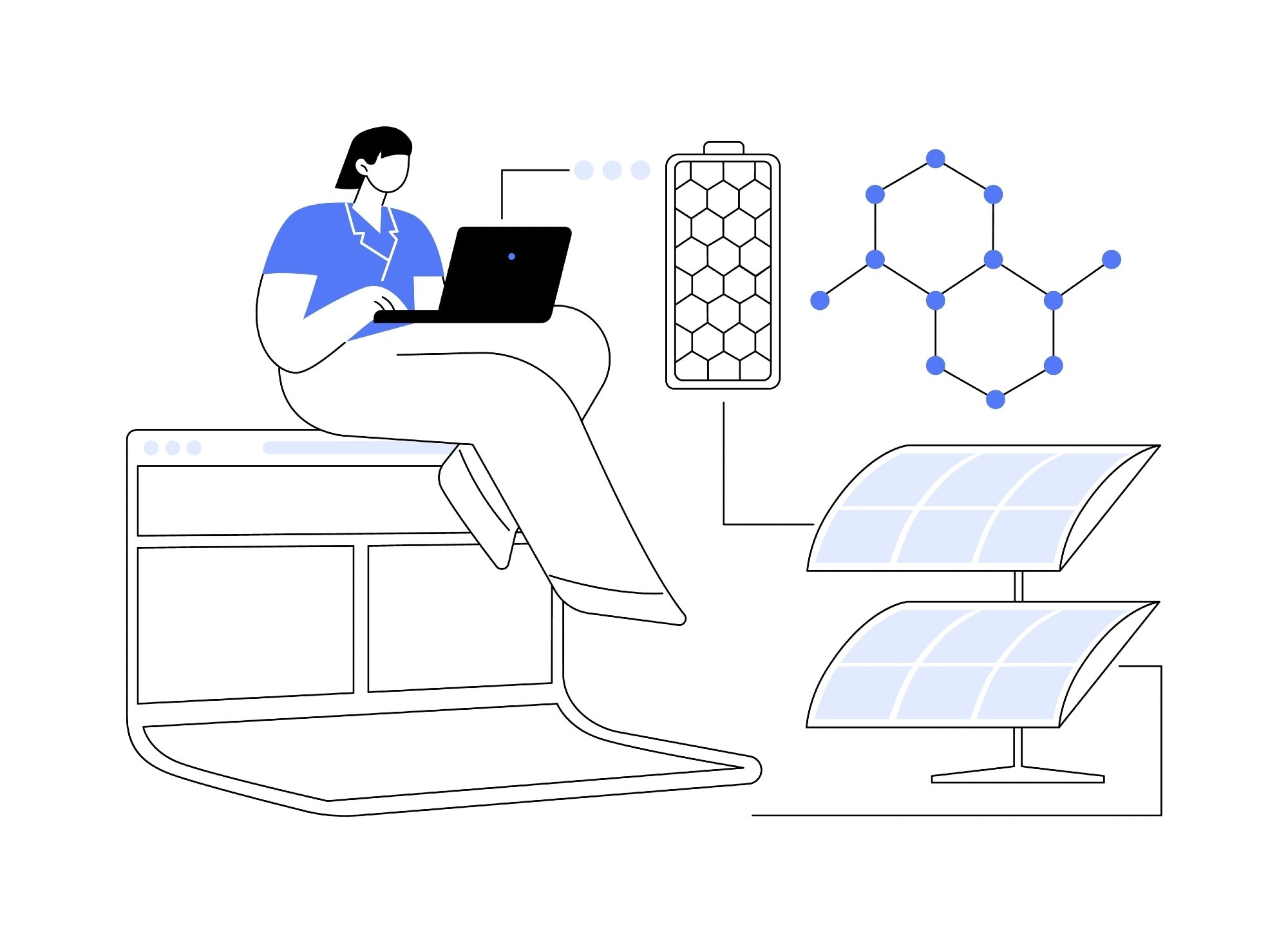
Image Credit: Visual Generation/Shutterstock.com
What are some of the projects that you have worked on throughout your career?
Dr. Ghada Dushaq, Cambridge Graphene Centre, The University of Cambridge
Some of the projects that I would highlight include:
Dr. Meganne Christian, National Research Council of Italy, European Space Agency
My priority has always been researching alternative energy, and my particular graphene niche is the CVD growth of high surface area 3D graphene structures.
I have worked on some interesting projects using graphene foams combined with other nanomaterials for electrodes for batteries and supercapacitors, and even microbial fuel cells. More recently, I have been working on transparent 3D graphene structures as substrates for photoactive materials for the photocatalytic production of hydrogen.
Another fascinating project I have had the privilege to be involved in is the use of graphene to enhance the properties of loop heat pipes, which are passive devices for the heat management of electronic components on satellites.
Since these devices need to work in microgravity, we had to test them under analogous conditions. So, along with my colleagues, I had the incredible experience of participating in some parabolic flights, experiencing multiple 22 second-bouts of weightlessness for a total of about 10 minutes on each flight. A first little taste of being an astronaut!
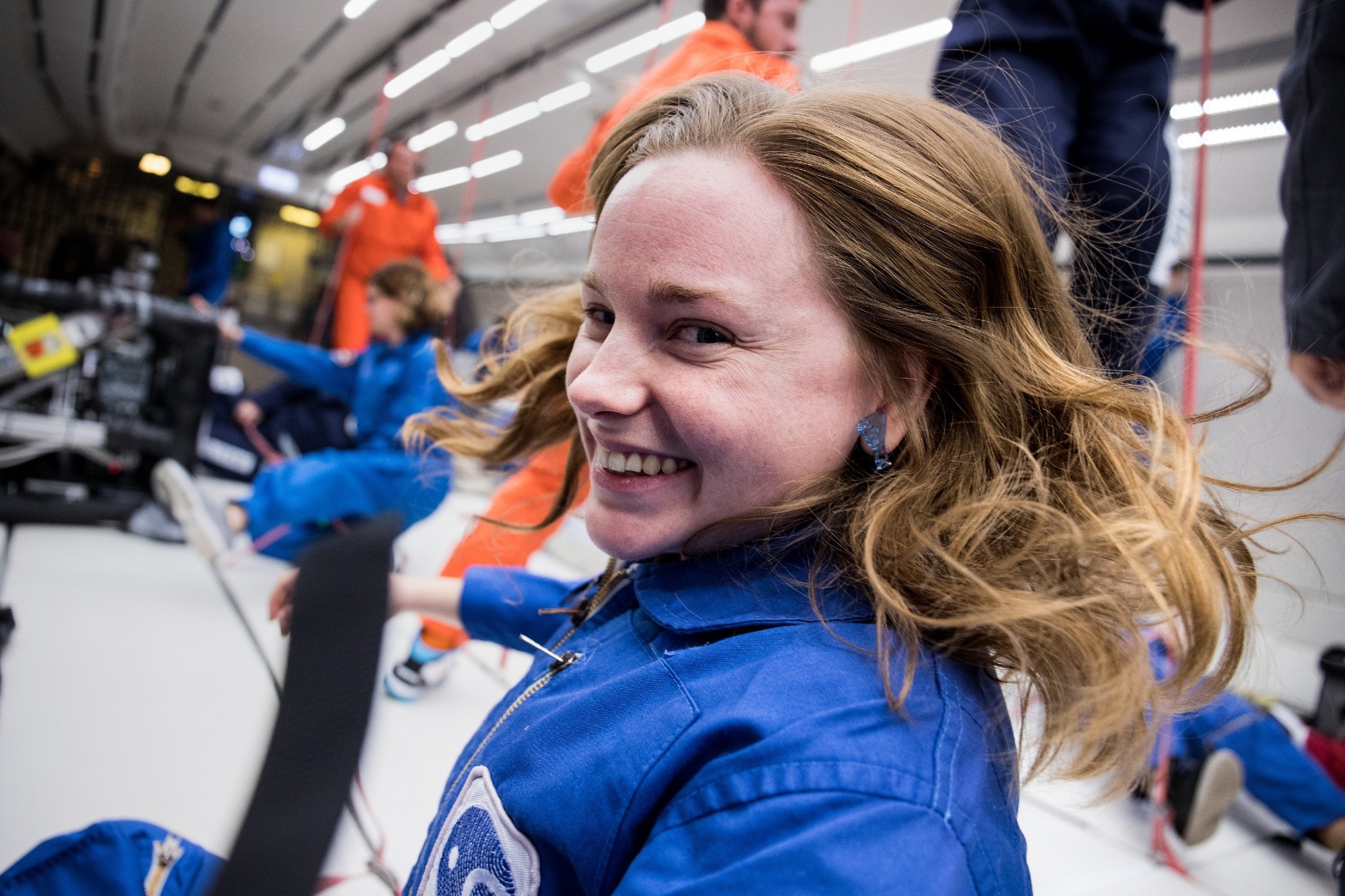
Image Credit: Graphene Flagship
This year, the United Nations is placing a special focus on the work of women in relation to reaching key Sustainable Development Goals such as ‘Affordable and Clean Energy’ (SDG7) and ‘Industry, Innovation, and Infrastructure’ (SDG9). What role can nanomaterials like graphene play in helping to address these goals?
Dr. Ghada Dushaq, Cambridge Graphene Centre, The University of Cambridge
Energy dissipation (extrapolated to about 20% of the global energy supply in 2030) due to the electrical resistance on semiconductor chips - the cores of the data centers- could be largely avoided if we would use optical instead of electronic signals on the semiconductor chips.
Additionally, silicon is transparent in the optical wavelength of data communication, so it cannot absorb light and convert the optical signal back into the electrical domain. By taking advantage of ultrafast light response, broadband absorption, easy integration and high carrier mobility of novel 2D materials, broadband and high-responsivity photodetectors could be achieved.
Moreover, the availability of an increasingly broad library of 2D materials with variable electronic and optical properties, and the ability to be thinned and restacked into functional and complex assembled structures, enable the development of a highly integrated NIR photonic chip, which will make information technology greener, faster, and lower in energy consumption.
Dr. Meganne Christian, National Research Council of Italy, European Space Agency
Nanomaterials have endless possibilities, and more are being uncovered yearly. They have applications across all of the Sustainable Development Goals, and these two you have mentioned in particular.
Indeed, the Graphene Flagship has two work packages dedicated specifically to “Clean Energy”, and all of the work packages relate in some way to “Industry, Innovation, and Infrastructure”. Nanomaterials such as graphene, with their unique properties, allow processes to be performed more quickly, efficiently, and effectively, so they can have a huge impact on our lives.
When I embark on a new adventure, I like to look at it from different perspectives, and one of these is with the eyes of a materials scientist.
In Antarctica, for example, I noticed that much of the logistical and research infrastructure could be improved by integrating nanomaterials, such as in solar panels to maximize the use of clean energy sources or in polar suits and scientific instrumentation to improve thermal management. Clearly, nanomaterials have an innovative role to play in reaching the SDGs in any situation.
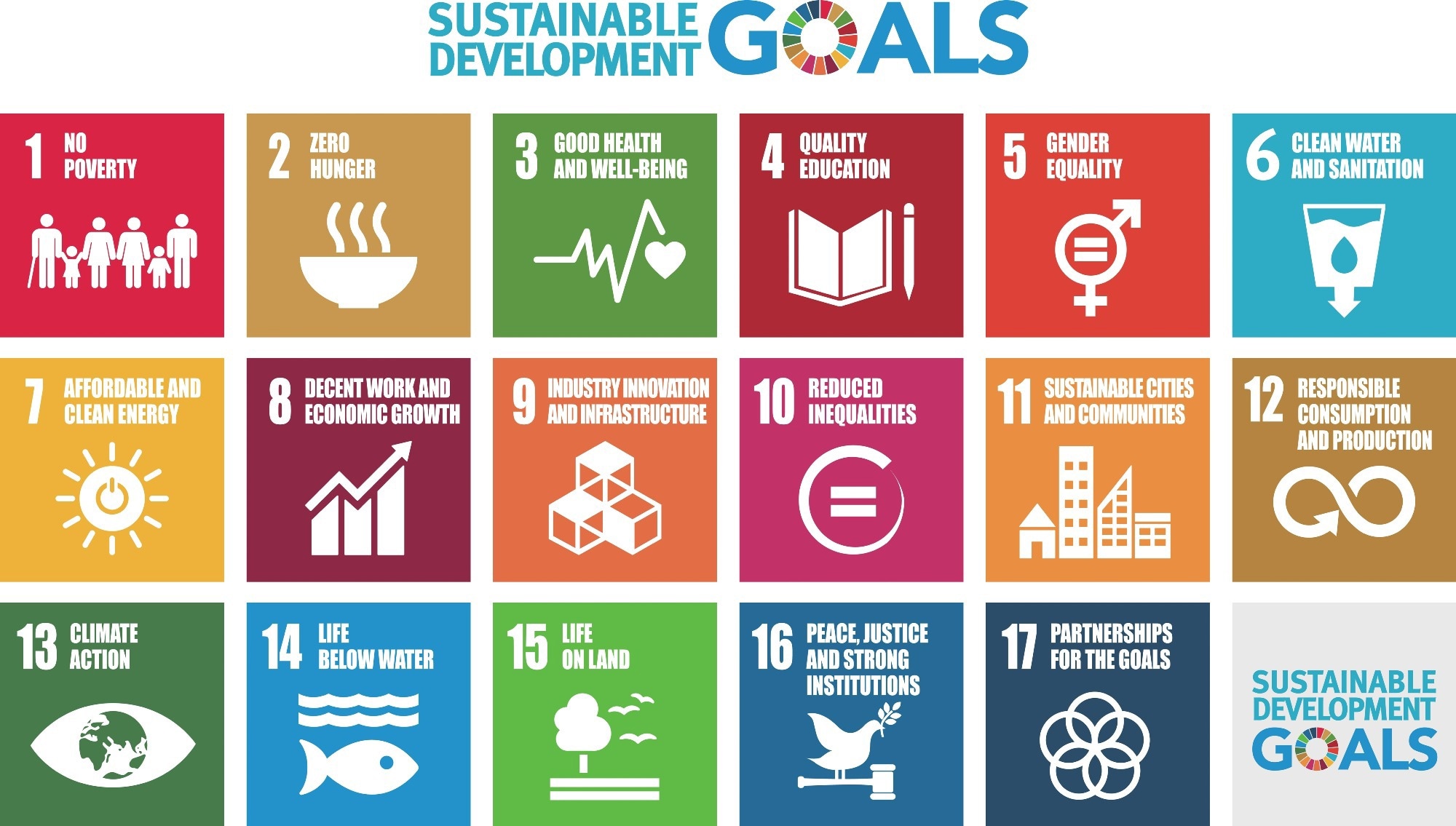
Image Credit: checy/Shutterstock.com
The United Nations reports that only 28% of engineering graduates are women. What steps can members of the scientific and engineering community take to ensure that women are supported and represented in these sectors?
Dr. Ghada Dushaq, Cambridge Graphene Centre, The University of Cambridge
There are several steps that members of the scientific and engineering community can take to support and represent women. For example, individuals could work to increase the visibility of female scientists and engineers by highlighting their achievements and contributions to the field. We can also increase the representation of women on boards, committees and leadership positions.
Promoting diversity and inclusivity within the workplace through policy implementation and procedures that support women and other underrepresented groups are also key actions that could be taken.
I also think it is important to be aware of and consider the barriers women face in the workplace, such as work-life balance and childcare, and help to create supportive solutions. Everyone in the community should try to encourage gender equality in the hiring process to ensure that women are given equal opportunities to advance the field; we should also encourage and support women to speak up and advocate for themselves and others to help create a culture of equality and respect.
Dr. Meganne Christian, National Research Council of Italy, European Space Agency
Gender role bias is instilled at a very young age. Building things, coding, and solving small problems should be encouraged and rewarded for all children, and there should be no reason for them to tease each other based on what type of toys they like to play with. This is something that we can all do.
Then, as they grow up, we need to give them examples of men and women across many different careers so they can understand that the notion of different careers for different genders is well and truly outdated. For now, female scientists and engineers are responsible for passing on their experiences to the next generation. Hopefully, this extra effort will not be necessary in the future because gender role bias will no longer exist. There will not be any question that women can do anything.
I am no expert and I realize that there are differences between the genders that may lead us to choose certain paths in life, but ultimately the important thing is that no opportunities are taken away because of one’s gender.
Alongside this, what words would you give to inspire the next generation of female scientists and engineers working to create a sustainable, innovative future?
Dr. Ghada Dushaq, Cambridge Graphene Centre, The University of Cambridge
I think there are promising signs of change in the number of girls who join science, yet, there is still a way to go to achieve gender equity. A low number of women scientists in leadership roles remains, resulting in their ability, flexibility and openness to new ideas being ignored.
My message to girls who want to join science is: believe in yourself, follow your passion, surround yourself with positive people and try to avoid downers. You work because you want to do the best you can. Focus on what you can do and there is plenty of room for you to join us.
Dr. Meganne Christian, National Research Council of Italy, European Space Agency
Follow your dreams, but at the same time, look out for opportunities to do something you never even dreamt of.
Do not let them pass you by because they will enrich your life and might give you a new perspective that helps solve some of the world’s greatest problems.
About Dr. Ghada Dushaq
 Ghada Dushaq is a technologist, a research associate at the photonic research lab at New York University-UAE and a visiting scholar at Cambridge Graphene Center at The University of Cambridge, UK. She received her Ph.D. degree in microsystem engineering from Masdar Institute of Science and Technology (Khalifa University), UAE, under a cooperative program with Massachusetts Institute of Technology, USA in 2017, and a M.Sc. degree in solid-state physics from the University of Jordan funded by the German Academic Exchange Service (DAAD) in 2012.
Ghada Dushaq is a technologist, a research associate at the photonic research lab at New York University-UAE and a visiting scholar at Cambridge Graphene Center at The University of Cambridge, UK. She received her Ph.D. degree in microsystem engineering from Masdar Institute of Science and Technology (Khalifa University), UAE, under a cooperative program with Massachusetts Institute of Technology, USA in 2017, and a M.Sc. degree in solid-state physics from the University of Jordan funded by the German Academic Exchange Service (DAAD) in 2012.
Her research work in applied physics investigates new and innovative materials, structures, and process technologies to improve the performance of active silicon photonics components. Her research on the use of silicon, germanium, III-V compound semiconductors, and two-dimensional materials can improve the efficiency and address the limitations of currently available technologies.
Dr. Dushaq has received several awards for her research, including the International Association of Advanced Materials (IAAM) Scientist Medal in 2018, Sweden, the Post-Doctoral Conference and Travel Award from New York University Abu Dhabi in 2018, and the Falling Walls Lab prize in 2020, for her work on "Breaking the Wall of High-Speed Optical Communication", awarded at the World Science Summit in Berlin, 2020. She was awarded the 2021 OWSD-Elsevier Foundation for Women Scientists in Physical Sciences and L’Oréal-UNESCO For Women in Science MENA young talent. Additionally, she named as innovator under 35 by MIT Technology Review.
She also has published over 60 papers in international peer-reviewed scientific journals and conference proceedings. She is a reviewer for several scientific journals including Optics Express, Advanced Materials, Advanced Optical Materials, Scientific Reports, Applied Optics, Optical Materials Express, Journal of Applied Physics, Photovoltaic Specialist Conferences (IEEE PVSC), and Journal of Materials Science. She is a member of the Optica, the Electrochemical Society (ECS), the American Physical Society (APS), and the Materials Research Society (MRS).
About Dr. Meganne Christian
 Meganne Christian is a materials scientist at the Institute for Microelectronics and Microsystems at the National Research Council of Italy. In November 2022, she became a member of the European Space Agency astronaut reserve, one of the class of 17 candidates selected from a pool of over 22,500 applicants across Europe.
Meganne Christian is a materials scientist at the Institute for Microelectronics and Microsystems at the National Research Council of Italy. In November 2022, she became a member of the European Space Agency astronaut reserve, one of the class of 17 candidates selected from a pool of over 22,500 applicants across Europe.
She holds a Bachelor of Engineering and a doctorate in Industrial Chemistry from the University of New South Wales in Sydney, Australia. Since 2014, she has been involved in the European Graphene Flagship, and has participated in two parabolic flight campaigns to test graphene coatings for thermal management in satellites. She has also undertaken two missions, including a winter-over, to Concordia Station in Antarctica, where she was a research scientist in charge of atmospheric physics and meteorology.
Disclaimer: The views expressed here are those of the interviewee and do not necessarily represent the views of AZoM.com Limited (T/A) AZoNetwork, the owner and operator of this website. This disclaimer forms part of the Terms and Conditions of use of this website.